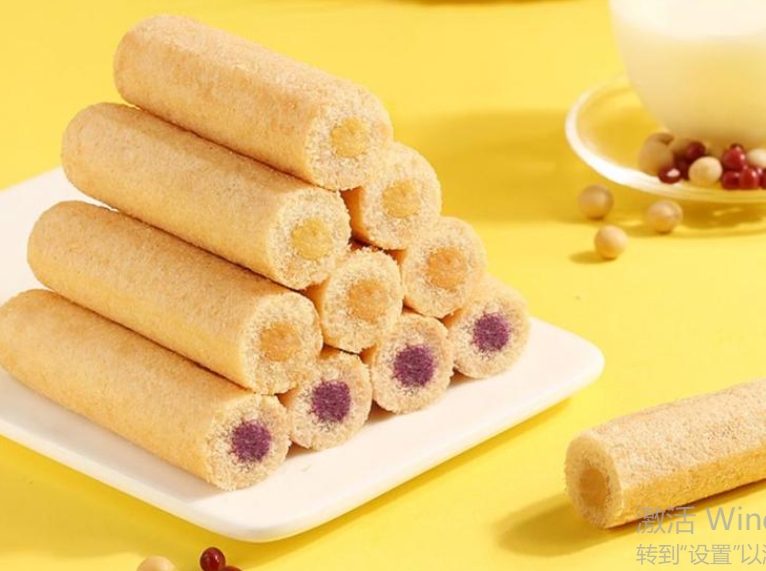Desvelando los secretos: cómo se hacen los bollos de arroz rellenos
Have you ever bitten into a light, crispy rice puff and discovered a surprising burst of sweet or savory filling inside? This popular snack, known as a filled rice puff or rice cracker, seems like a small marvel of food engineering. The process of creating its airy shell and perfectly centered filling is a fascinating blend of ancient cooking principles and modern technology. Let’s pull back the curtain and reveal how these delicious snacks are produced on an industrial scale.
Step 1: Selecting and Preparing the Raw Materials
The journey begins with high-quality ingredients. The outer shell is primarily made from rice grits or rice flour, chosen for its ability to expand easily and create a neutral, crispy base. This rice is mixed with water and sometimes a small amount of other grains or starch to form a moist dough.
The filling is prepared separately. It typically consists of a paste made from peanuts, chocolate, dairy powder, sugar, or savory flavorings. This paste must have a specific viscosity—thick enough not to leak out, but soft enough to be injected smoothly.
Step 2: The Magic of Extrusion and Puffing
This is where the science happens. The rice dough is fed into a machine called a extrusora de doble husillo.
- Inside the extruder, the dough is subjected to high temperature, pressure, and mechanical shear.
- The moisture in the dough turns into superheated steam.
- As the dough is forced through a die (a shaped hole) at the end of the extruder, it suddenly enters the regular atmospheric pressure.
- This instant pressure drop causes the superheated water to flash into steam, expanding the starchy matrix and creating the characteristic light, airy, and porous structure of the rice puff. This process is known as puffing.
Crucially, the die is designed to shape the dough into a continuous, hollow tube-like structure as it puffs.
Step 3: The Precision Filling Injection
The hollow, yet still soft, rice tube moves directly from the extruder onto a conveyor belt. It is then precisely cut into individual pieces by a rotating knife.
Immediately after cutting, the pieces pass under a multi-nozzle filling injector. This machine acts like a high-precision syringe, injecting a exact amount of the prepared filling paste directly into the hollow center of each soft rice puff. The timing and accuracy are critical to ensure every single piece is filled perfectly without any overflow.
Step 4: Baking or Frying to Perfection
The filled puffs are now structurally complete but still soft and moist. They undergo a final cooking stage to set their texture:
- Hornear: Most modern products are baked in large ovens. Hot air circulates around the puffs, drying them out and creating a final, crispy texture without adding extra oil.
- Freír: Some varieties may be lightly toasted or fried in oil to achieve a richer flavor and a different kind of crunch.
This stage also caramelizes the sugars in the filling and the shell, enhancing the overall taste.
Step 5: Seasoning, Cooling, and Packaging
After baking, the puffs may be sprayed with a light glaze or seasoning for an extra layer of flavor. They then travel on a long conveyor belt through a cooling tunnel, which brings them down to room temperature. This step is essential to ensure they stay crisp and prevent condensation inside the package.
Finally, the cooled, filled rice puffs are fed into automated packaging machines, which seal them in protective bags filled with inert gas (like nitrogen) to lock in freshness and prevent the snacks from getting crushed during transportation.
The Secret to the Perfect Center
The most common question is: “How does the filling get en without breaking the shell?” The answer lies in the timing. The rice shell is injected while it is still soft and malleable straight after extrusion. Its structure is strong enough to be pierced by the fine nozzle without shattering, yet porous enough to allow the filling to be infused into its very walls, creating that perfect marriage of shell and center.
So, the next time you enjoy a filled rice puff, you’ll appreciate the incredible journey of precision engineering and food science that made that delightful crunch and burst of flavor possible.








